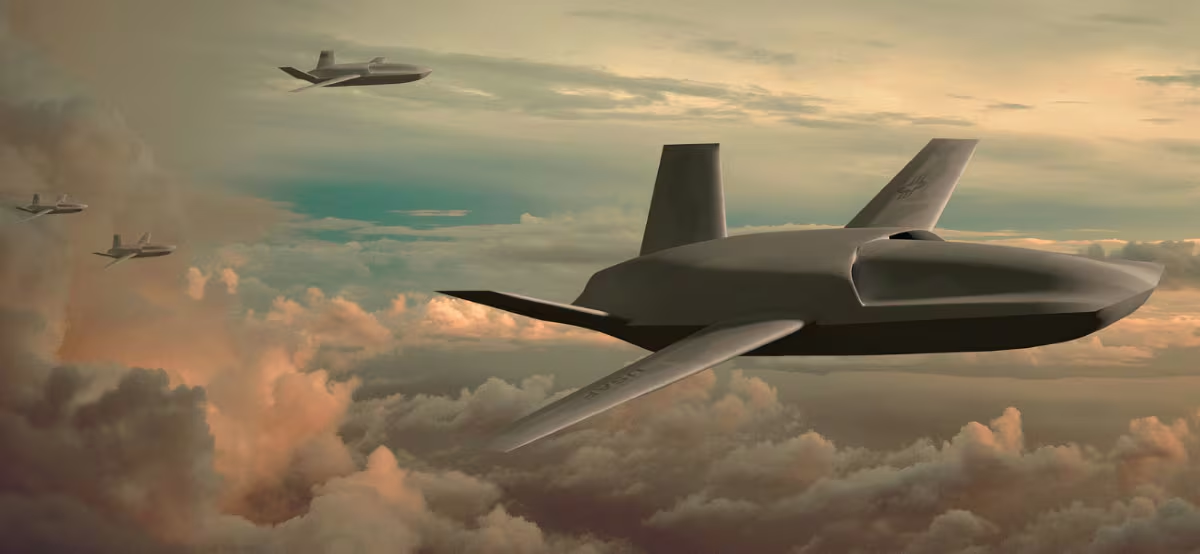STOCKHOLM — A U.S. Army cavalry regiment in Germany is testing a Stryker upgrade that could increase the vehicle's survivability as the service conducts training exercises in Europe meant to deter Russia.
Soldiers from the Army's 2nd Cavalry Regiment, stationed in Vilsek, Germany, have installed Saab's mobile camouflage system, or MCS, on four of its Strykers, said Scott Caldwell, the company's director of marketing and sales for its Barracuda business unit.
The four Strykers are currently conducting force-on-force training exercises in Hohenfels, Germany, with partner nations and will go through a formal evaluation in June. From there, the Army will decide whether to pursue acquiring the camouflage system through a program of record, he said in a May 11 briefing to reporters at Saab facilities in Karlskoga, Sweden.
Defense News is in Sweden the week of May 8 as part of a Saab media tour and accepted travel and hotel accommodations on behalf of the company.
Caldwell described the mobile camouflage system as a "uniform skin" for vehicles that changes its physical appearance — allowing it to better blend into its environment when viewed by the naked eye — as well as incorporating properties that improve its signature management against long-wave and mid-wave thermal sensors, near-wave and short-wave infrared, and radar.
"There is nothing out there currently — even advanced signature management systems — that can make a tank disappear," he acknowledged. "We are kind of peeling back the survivability onion. If we are able to keep a system or a vehicle from being identified, seen or targeted, then we’re going to increase the survivability and give that crew a chance to make a decision. Do they engage the enemy? Do they reposition the vehicle? It gives them those crucial minutes and seconds in order to make a decision."
Whether the Army moves forward with a program of record will depend on whether it can find funding to support buying additional MCSs. Generally speaking, the cost of the MCS capability is less than a quarter of the cost of the vehicle, Caldwell said. Saab gave the first four systems to the service for free.
"We have a target of starting to look at producing systems for the unit hopefully by the fall, early winter this year, if everything works out OK," he said. That timeline is based on when Saab will have a U.S.-based production line capable of serial manufacturing of the MCS — a requirement for any textile item bought by the U.S. military. The company plans to build the system in Lillington, North Carolina.
"The anticipation of a contract, there has been a lot of interest in that," he said, but added that it will be dependent on Army budgetary decisions.
Survivability is an immediate concern of the Army’s Stryker program office, with officials worried that Russian vehicles pose too much of a threat. The service has obtained funding for larger 30mm cannons for the 2nd Cavalry Regiment’s Stryker fleet, and it plans to spend $300 million for eight prototypes and upgrades to 83 production vehicles, plus spares.
The U.S. Army has been conducting scientific tests of the MCS for about three years, Caldwell said. The initial system was fielded by the 2nd Cavalry Regiment in spring 2016, and Saab leveraged feedback from the Army to identify signature management and usability improvements.
Four people can install the system on a vehicle in about eight and a half hours, and — after a bit of instruction from Saab — it only took about 24 hours for soldiers from the 2nd Cavalry Regiment to finish integrating it with the four Strykers, he said. The skin can then be taken off if the vehicles are redeployed to another location with a different climate, such as dessert or jungle.
"The ones we chose to cover were the ones the command felt were some of the more vulnerable piece[s] of equipment, mostly due to their mission and how they conduct their mission," he said.
Valerie Insinna is Defense News' air warfare reporter. She previously worked the Navy/congressional beats for Defense Daily, which followed almost three years as a staff writer for National Defense Magazine. Prior to that, she worked as an editorial assistant for the Tokyo Shimbun’s Washington bureau.








